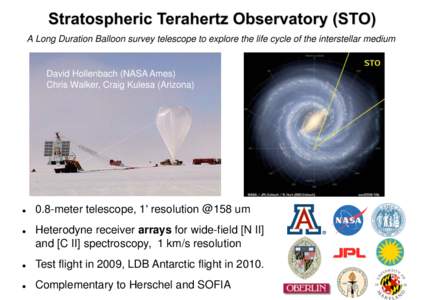<--- Back to Details
| First Page | Document Content | |
|---|---|---|
 Date: 2011-05-13 09:43:06Space Astrochemistry Interstellar medium Molecular cloud Mopra Observatory Interstellar cloud Star formation Galaxy Milky Way Astronomy Nebulae Space dust |
Add to Reading List |
| First Page | Document Content | |
|---|---|---|
 Date: 2011-05-13 09:43:06Space Astrochemistry Interstellar medium Molecular cloud Mopra Observatory Interstellar cloud Star formation Galaxy Milky Way Astronomy Nebulae Space dust |
Add to Reading List |